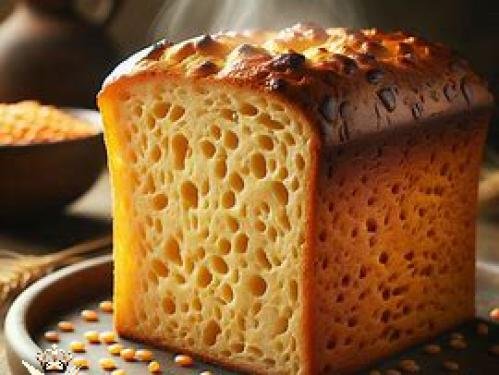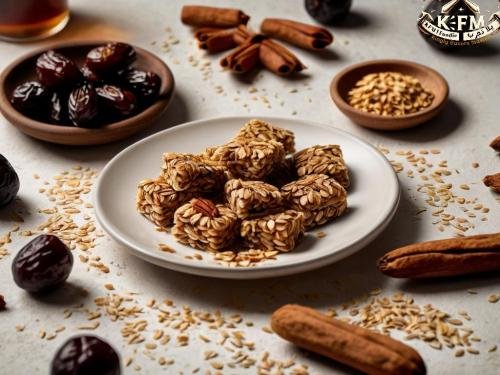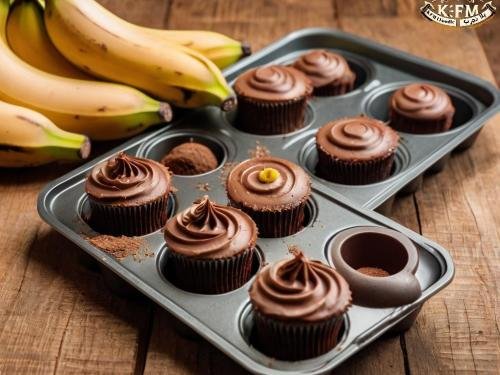Flour is a rich source of carbohydrates that provides the body with energy, in addition to containing some essential vitamins and minerals, such as energy-boosting B vitamins and antioxidants that protect cells from damage, help enhance the immune system, and protect the body from diseases. The fiber in flour helps improve digestion. Here are the best ways to store flour and keep it fresh and of high quality for use in your favorite recipes without worry.
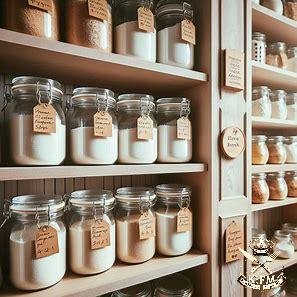
-
Choosing the Right Container
To maintain the quality of flour, use airtight containers made of glass or food-safe plastic to prevent moisture and pests from entering. -
Cool and Dry Place
Store flour in a cool, dry place such as a kitchen cabinet or pantry, away from direct sunlight and heat sources. -
Avoid Moisture
Moisture causes flour to clump and spoil. Use rice grains or silica gel packets inside containers to absorb moisture and keep the flour dry. -
Labeling and Rotation
Label containers with the purchase date or expiration date, and rotate older flour first to maintain freshness and quality.
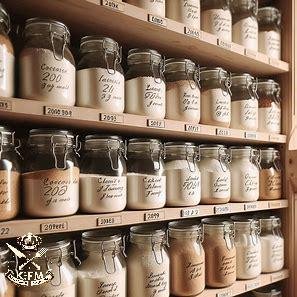
-
Freezer Option
Flour can be frozen for a long period in airtight bags. Before use, allow the flour to return to room temperature to prevent clumping. -
Regular Inspection
Inspect the flour regularly to ensure there are no signs of spoilage, such as unusual odors or color changes, and replace it if necessary. -
Avoid Warm Storage Areas
Avoid storing flour in kitchens or areas with high temperatures, as heat will quickly degrade the quality of the flour. -
Use Flour Carefully
Use clean, dry flour, and seal the container tightly after each use to maintain freshness and prevent air and moisture from entering.
Conclusion: By choosing the right container and providing the appropriate environmental conditions, you can maintain the quality and taste of flour for a long period. Applying these tips will help you enjoy the best results in baking and desserts, and savor your dishes with the utmost freshness and flavor.
Benefits of Flour:
Main Source of Energy:
-
Carbohydrates: Flour is rich in complex carbohydrates that are converted into glucose in the body, which is the main source of energy that fuels our cells and organs.
-
Maintaining Energy Levels: Complex carbohydrates provide longer-lasting energy compared to simple carbohydrates, helping you feel more active and energetic.
Dietary Fiber:
-
Digestive Health: The fiber in flour helps improve digestion and regulate bowel movements, reducing the risk of constipation and bloating.
-
Feeling Full: Fiber increases the feeling of fullness, helping you control your weight and avoid overeating.
Vitamins and Minerals:
-
B Vitamins: Some types of flour, especially whole wheat, contain B vitamins that play a vital role in energy production, improving mood, and supporting the health of the nervous system.
-
Minerals: Flour provides essential minerals such as iron and zinc, which contribute to the formation of red blood cells and boost the immune system.
Protein:
- Muscle Building: While flour is not a primary source of protein, it provides a certain amount of it, contributing to the building and repair of tissues.
Antioxidants:
- Protection from Diseases: Some types of flour contain antioxidants that help protect cells from damage caused by free radicals, reducing the risk of chronic diseases such as cancer and heart disease.














